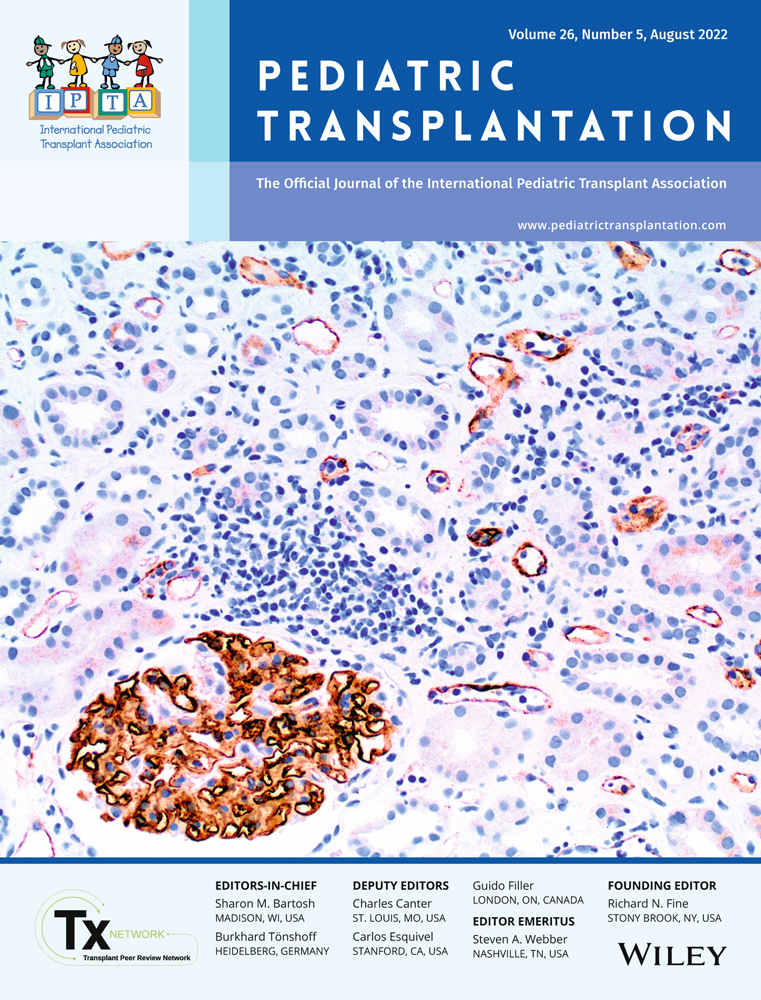Sex differences in the likelihood of pre-emptive living donor kidney transplantation, and outcomes after kidney transplantation in children and adolescents
The data used in this study can be requested (with the appropriate approvals) directly from the Australian and New Zealand Dialysis and Transplant Registry.
Funding information
RL receives PhD funding support through a Jacquot Fellowship from the Royal Australasian College of Physicians (RACP) for 2021. DJ has received consultancy fees, research grants, speaker's honoraria, and travel sponsorships from Baxter Healthcare and Fresenius Medical Care, consultancy fees from Astra Zeneca, Bayer, and AWAK, speaker's honoraria from ONO and BI & Lilly, and travel sponsorships from Ono and Amgen. He is a current recipient of an Australian National Health and Medical Research Council Leadership Investigator Grant
Abstract
Background
Data on sex-based disparities in children with kidney failure and outcomes after kidney transplantation are relatively sparse. This study examined the association between sex differences and the odds of receiving a pre-emptive living donor kidney transplantation, and post-transplant outcomes in children and adolescents.
Methods
We studied all patients (aged <20 years) who commenced kidney replacement therapy (KRT) between 2002 and 2017 using data from the ANZDATA Registry. Factors associated with graft loss and acute rejection after transplantation were assessed using multivariable Cox regression model. Differences in the odds of receiving a pre-emptive live donor transplant between sexes were assessed using adjusted logistic regression.
Results
Of the 757 children transplanted during the study period, 497 (65.7%) received a live donor kidney (163, 21.5% pre-emptive). In total, 168 (22.2%) patients experienced graft loss and 213 (28.1%) patients experienced a first episode of acute rejection during the median follow-up period of 6.9 years (IQR 3.5–11.5 years). There were no differences in the rates of graft loss or acute rejection by sex. Compared with boys, the adjusted hazard ratios (aHR) (95% confidence interval) for graft loss and acute rejection in girls were 0.97 (0.71–1.33) and 1.09 (0.82–1.44), respectively. Among children who received living donor kidney transplants, there were no sex differences in the odds of receiving a pre-emptive transplant (adjusted odds ratio (aOR) 0.90 (95% CI 0.56–1.45)).
Conclusions
No sex differences were observed in the odds of receiving a pre-emptive living donor kidney transplant or outcomes after kidney transplantation.
CONFLICT OF INTEREST
The authors declare no conflict of interests.
Open Research
DATA AVAILABILITY STATEMENT
The data used in this study can be requested (with the appropriate approvals) directly from the Australian and New Zealand Dialysis and Transplant Registry.




